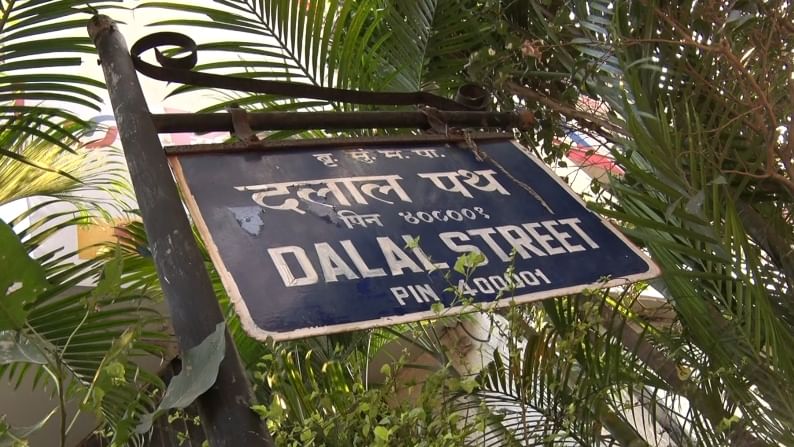Stock markets closed on account of Good Friday
The domestic equity market, commodity exchanges and money market are closed on Friday on account of Good Friday.

The domestic equity market, commodity exchanges and money market are closed on Friday on account of Good Friday. This is the second day this week after Holi on Monday when financial markets are shut due to a public holiday.
The benchmark equity indices ended near the day’s high on Thursday led by gains in banks and auto stocks. As per the provisional closing data, the barometer index, the S&P BSE Sensex, jumped 520.68 points or 1.05% at 50,029.55. The Nifty 50 index advanced 176.65 points or 1.2% at 14,867.05.
The buying was supported by positive global cues, supported by surveys showing higher production across Asia’s factories last month, and the US government’s $2 trillion spending plan.
US President Joe Biden unveiled a massive infrastructure package on Wednesday, which includes roughly $2 trillion in spending over eight years. The government will raise the corporate tax rate to 28%, combined with measures designed to stop offshoring of profits, to fund the infrastructure plan within 15 years.
The broader market outperformed the benchmarks. The S&P BSE Mid-Cap index rallied 1.68% while the S&P BSE Small-Cap index surged 2.05%.
Buyers outnumbered sellers. On the BSE, 2,143 shares rose and 748 shares fell. A total of 152 shares were unchanged.
The gross GST revenue collected in the month of March 2021 stood at a record of Rs 1,23,902 crore of which CGST is Rs 22,973 crore, SGST Rs 29,329 crore, IGST Rs 62,842 crore and Cess is Rs 8,757 crore. The GST revenues during March 2021 are the highest since introduction of GST. In line with the trend of recovery in the GST revenues over past five months, the revenues for the month of March 2021 are 27% higher than the GST revenues in the same month last year.
India’s current account balance recorded a deficit of $1.7 billion (0.2% of GDP) in Q3 FY2021 after a surplus of $15.1 billion (2.4% of GDP) in Q2 FY2021 and $19 billion (3.7% of GDP) in Q1 FY2021; a deficit of $2.6 billion (0.4% of GDP) was recorded a year ago. Underlying the current account deficit in Q3 FY2021 was a rise in the merchandise trade deficit to $34.5 billion from $14.8 billion in the preceding quarter, and an increase in net investment income payments.
The combined Index of Eight Core Industries stood at 127.8 in February,2021, which declined by 4.6% as compared to the Index of February 2020. All sectors reported decline in output during the month under review. Its cumulative growth during April to February, 2020-21 has been (-) 8.3%.
Meanwhile, World Bank has raised Indian GDP growth prediction for 2021-22 fiscal to 10.1% from 5.4% projected in January. The international bank said given the significant uncertainty amid COVID-19 effects on the economy, the real India GDP growth could be in the range from 7.5% to 12.5%.
The World Bank in its South Asia Economic Focus Spring update report said that it has revised the projection amid a strong rebound in private consumption and investment growth. The international bank noted that government consumption is expected to rise by about 16.7% during the reported fiscal.
The World Bank, however, sounded a warning as economic activity is well below pre-COVID-19 estimate. It said that businesses need to make up for lost revenue and millions of workers, most of them in the informal sector, still reel from job losses and falling incomes should be taken care.
No change in Small Savings Scheme:
The government on Thursday decided to withdraw the rate cut order on the small saving schemes. Finance Minister said interest rates on small savings schemes will continue to be at the levels as in March 2021.
“Interest rates of small savings schemes of GoI shall continue to be at the rates which existed in the last quarter of 2020-2021, i.e., rates that prevailed as of March 2021. Orders issued by oversight shall be withdrawn,” Finance Minister Nirmala Sitharaman said in a tweet early Thursday morning.